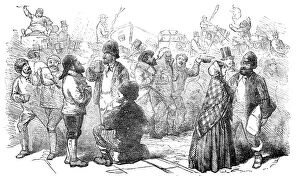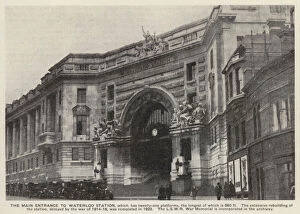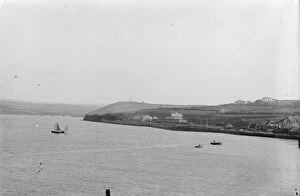Lswr Collection
"Exploring the Rich History of LSWR
All Professionally Made to Order for Quick Shipping
"Exploring the Rich History of LSWR: From Level Crossings to Victorian Stations" Step back in time and discover the fascinating world of the London & South Western Railway (LSWR). Let's embark on a journey through iconic locations and remarkable locomotives that shaped transportation history. At Petersfield Railway Station, a level crossing stands as a testament to the railway's enduring presence. Dating back to the Victorian period, this station witnessed countless arrivals and departures, connecting people from all walks of life. The main entrance to Waterloo Station in London serves as a gateway into LSWR's legacy. In an enchanting black and white photo, we glimpse at bustling crowds eagerly boarding trains bound for various destinations across Southern England. One such destination was Padstow in Cornwall, where a magnificent railway viaduct loomed over Dennis Hill. This picturesque scene captured around March 1899 showcases the harmonious blend of nature and engineering marvels brought by LSWR. Padstow railway station itself exudes charm from across the estuary. A pre-1907 image transports us to an era when steam engines chugged along its tracks, carrying passengers towards new adventures or welcoming them home with open arms. Speaking of locomotives, let's not forget Ganymede - one of LSWR's prized possessions. The grandeur of this c1873 engine is matched only by its tender as they stand proudly together against a backdrop filled with innovation and progress. Another notable locomotive is No 148 Colne which graced LSWR during c1880. Its powerful presence symbolizes both strength and elegance while serving as a reminder of how technology evolved throughout the years under this pioneering railway company. Yet amidst these triumphs lies tragedy too; July 1906 marked Salisbury railway disaster when an engine met with unfortunate circumstances. It serves as a poignant reminder that progress often comes hand-in-hand with sacrifice – a somber chapter in LSWR's history.









